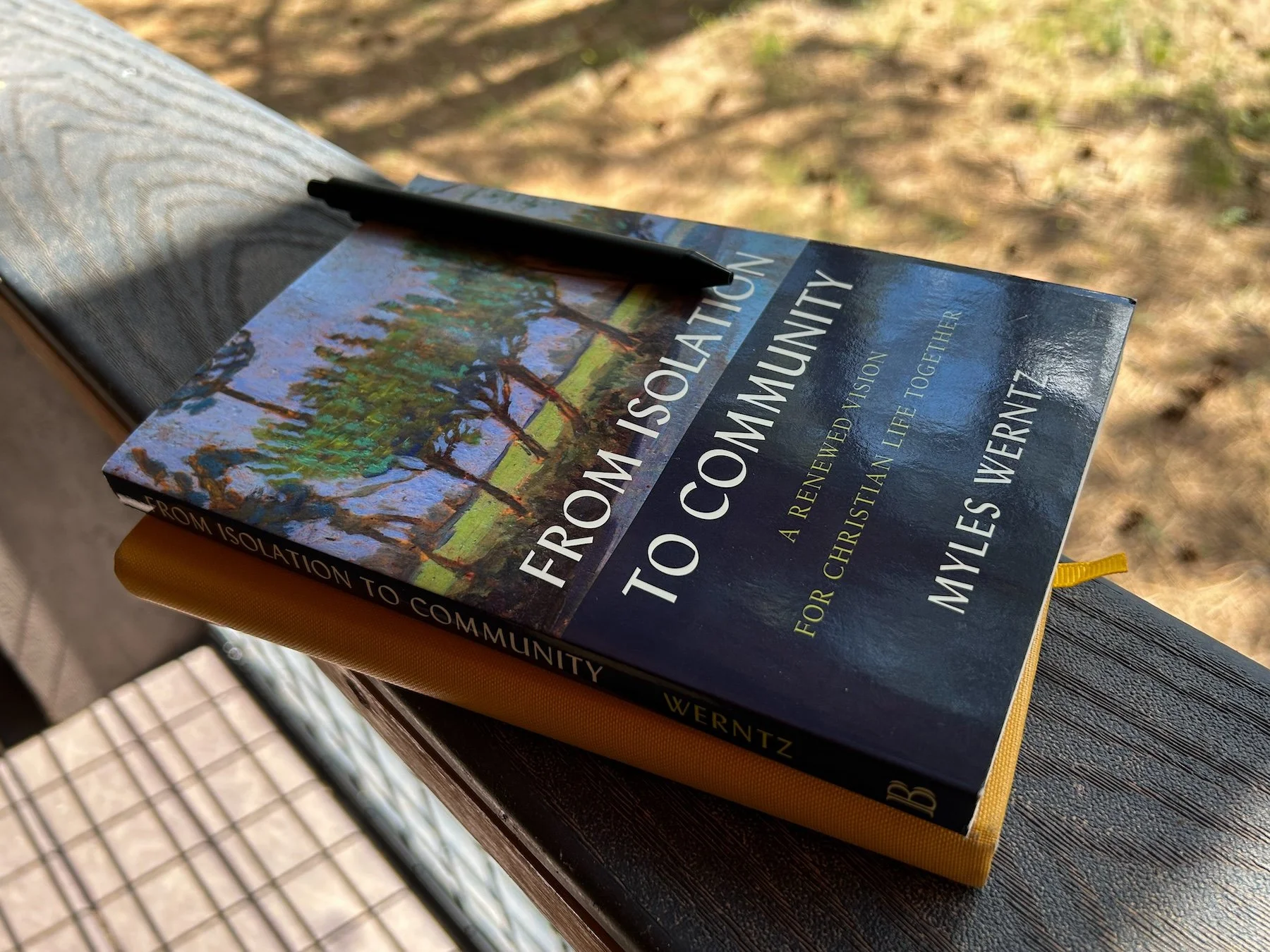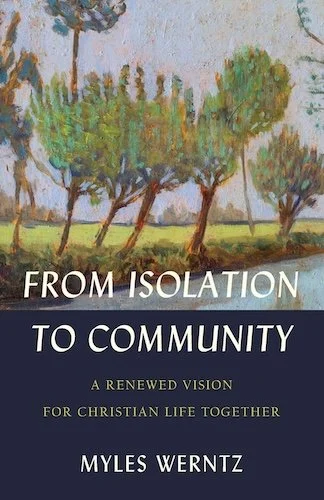From Isolation to Community
Back in the spring and summer of 2020, and well into the fall and winter for that matter, I remember wondering to myself, What works of art—what contributions of beauty and hope—will come from this ugly and awful time?
Painters and filmmakers, songwriters and composers, poets and novelists have a tendency to dig deep in trying times, whether world wars or storms that hit a little closer to home. These artists—women and men with a vocation of “culture care,” as Makoto Fujimura would say—reliably emerge with gifts for a world that has been (re)shaped by disorientation, disillusion, or despair.
Today, when we think of the Civil War or the Vietnam War, it’s almost impossible not to think also of books and movies created in response to those conflicts. Likewise, when Hurricane Katrina or 9/11 come to mind—horrific events that bookended my own college years—it’s never long before I think of Zeitoun and Extremely Loud and Incredibly Close.
We’re only beginning to see the creative, hopeful works that will eventually emerge from the pandemic. But we are beginning to see them, sometimes even in the guise of academic works of theology. All of which to say, these days I’m especially appreciating From Isolation to Community: A Renewed Vision for Christian Life Together (Baker Academic) by Myles Werntz, a theology professor at Abilene Christian University.
A careful, pastoral engagement with the work of Dietrich Bonhoeffer, this book speaks to sorrows that preceded the pandemic and to woes that will persist well beyond it. Nonetheless, Werntz started writing during a time when isolation had reached unsustainable extremes. “This book was begun in dark times,” he writes. “It was written in part to remind me of the grace of the Christian community, in a time when many things spoke of isolation, to write myself into hope. May it be something of that for the reader as well.”
Isolation may strike us a jarring, unnecessarily intense word. But in Werntz’s view, it signifies something important:
“While loneliness describes a feeling that ebbs and flows with the presence of others, isolation—a pervasive state—better describes our state under sin, even when we are in the presence of others. Loneliness is, in other words, the harbinger of isolation, sending a message to remind us that this feeling of distance from others that we endure temporally is an echo of a far more serious situation.”
That distinction may seem subtle, but it matters—and not least for churches. Many pastors will (accurately) perceive that loneliness is widespread among parishioners and unchurched neighbors alike. And these same church leaders will see the church (rightly again) as a crucial means for addressing the problem. But programs and offerings aimed at ameliorating the feeling of loneliness which neglect to deal with the pervasive state of isolation will only exacerbate the problem, yielding little but new and potentially more painful forms of isolation.
If you’ve read Life Together, you will know Bonhoeffer is not pollyannaish about Christian community, not by a long shot. Under the intensifying shadow of the Third Reich, he was rather, as Werntz says, “offering a therapy for a church seeking renewal in the midst of cultural catastrophe, for the church had drunk from the same cultural, ideological, and theological wells as the state and was likewise in need of healing.”
Werntz sees things soberly too. He has no illusions of “an idealized [Christian] community immune from sin or free from the isolating forces of creation.” Rather, in this rich, thought-provoking book he seeks to articulate “a vision of the body of Christ that emerges as a community, a community through which the world might be knit together.”

